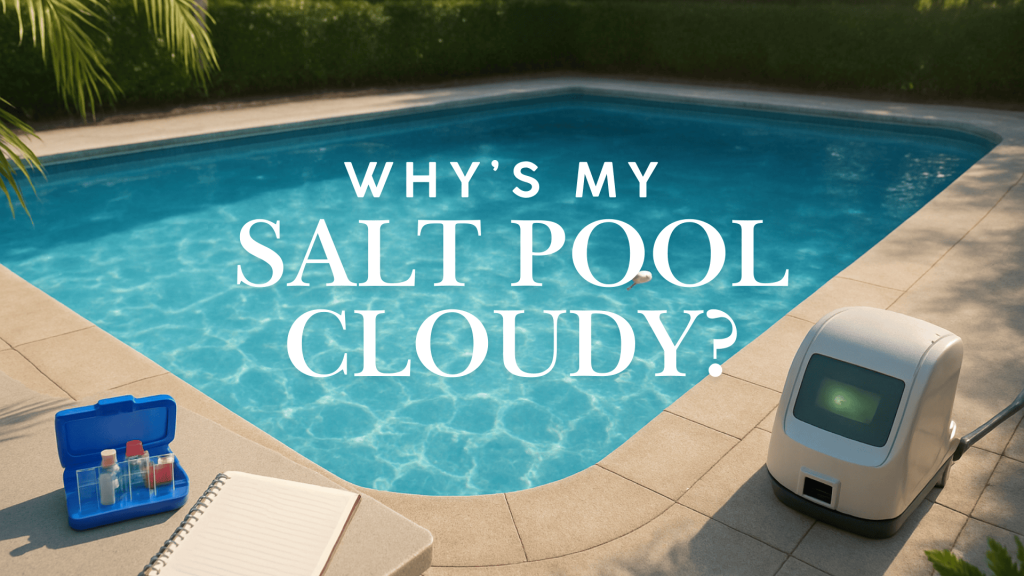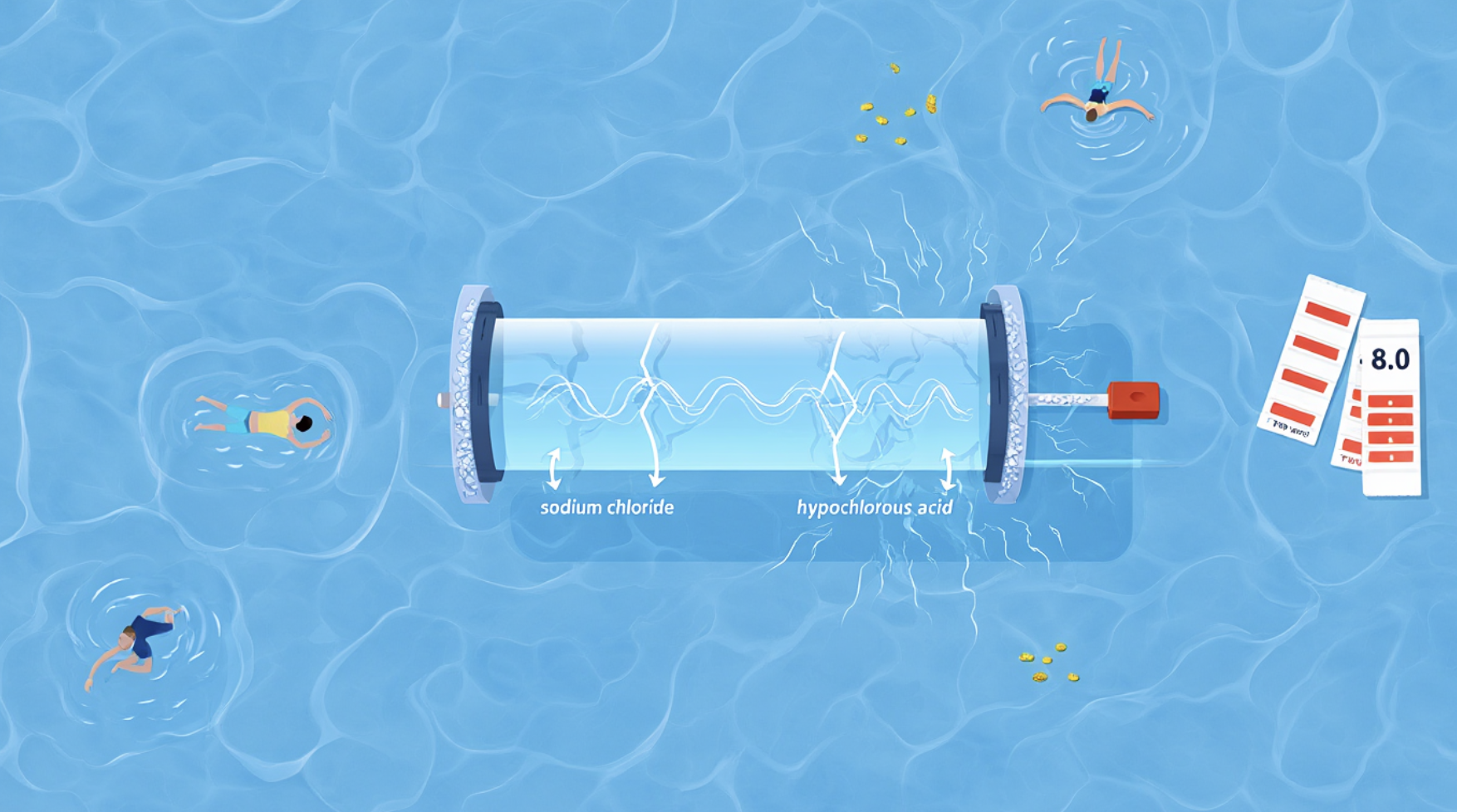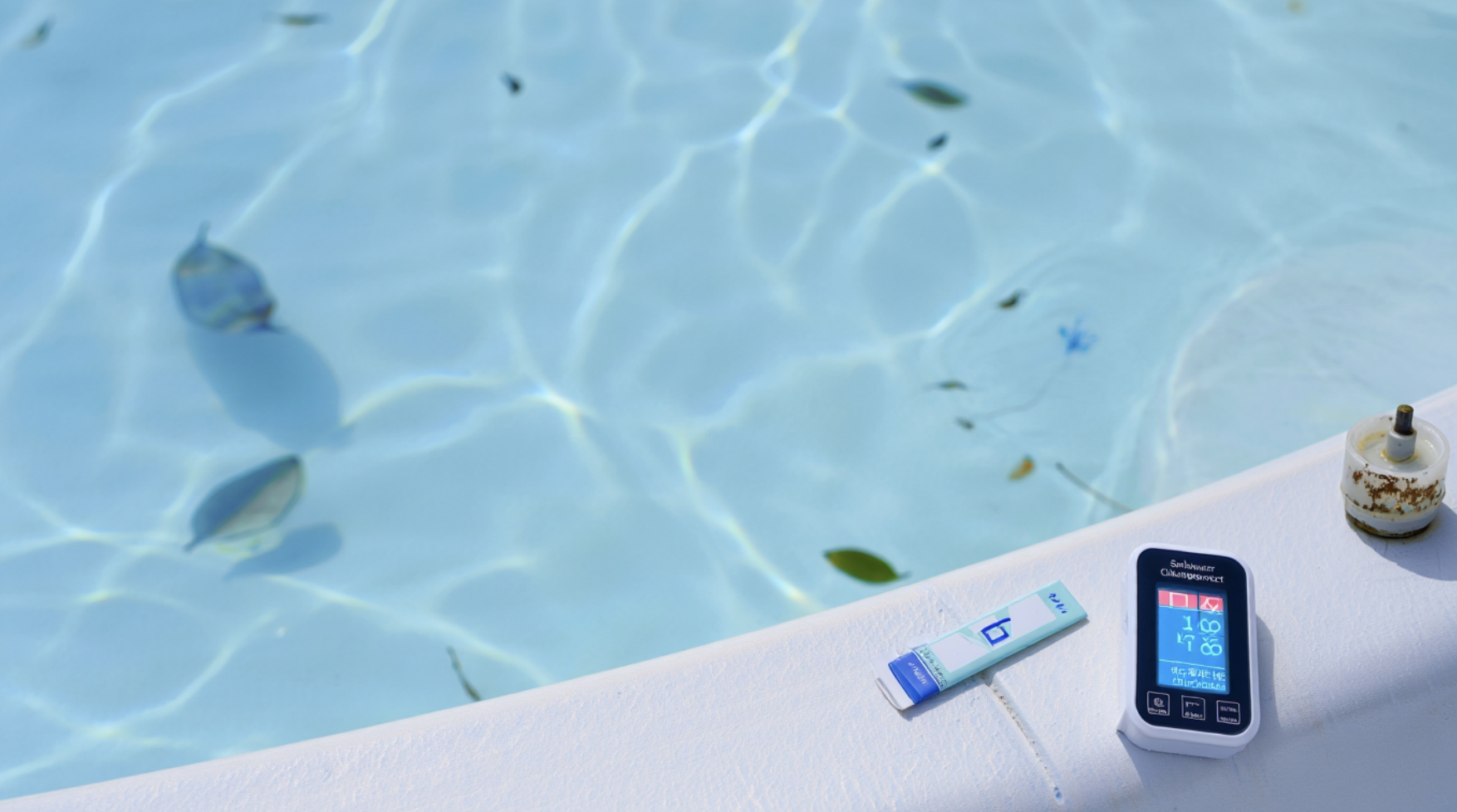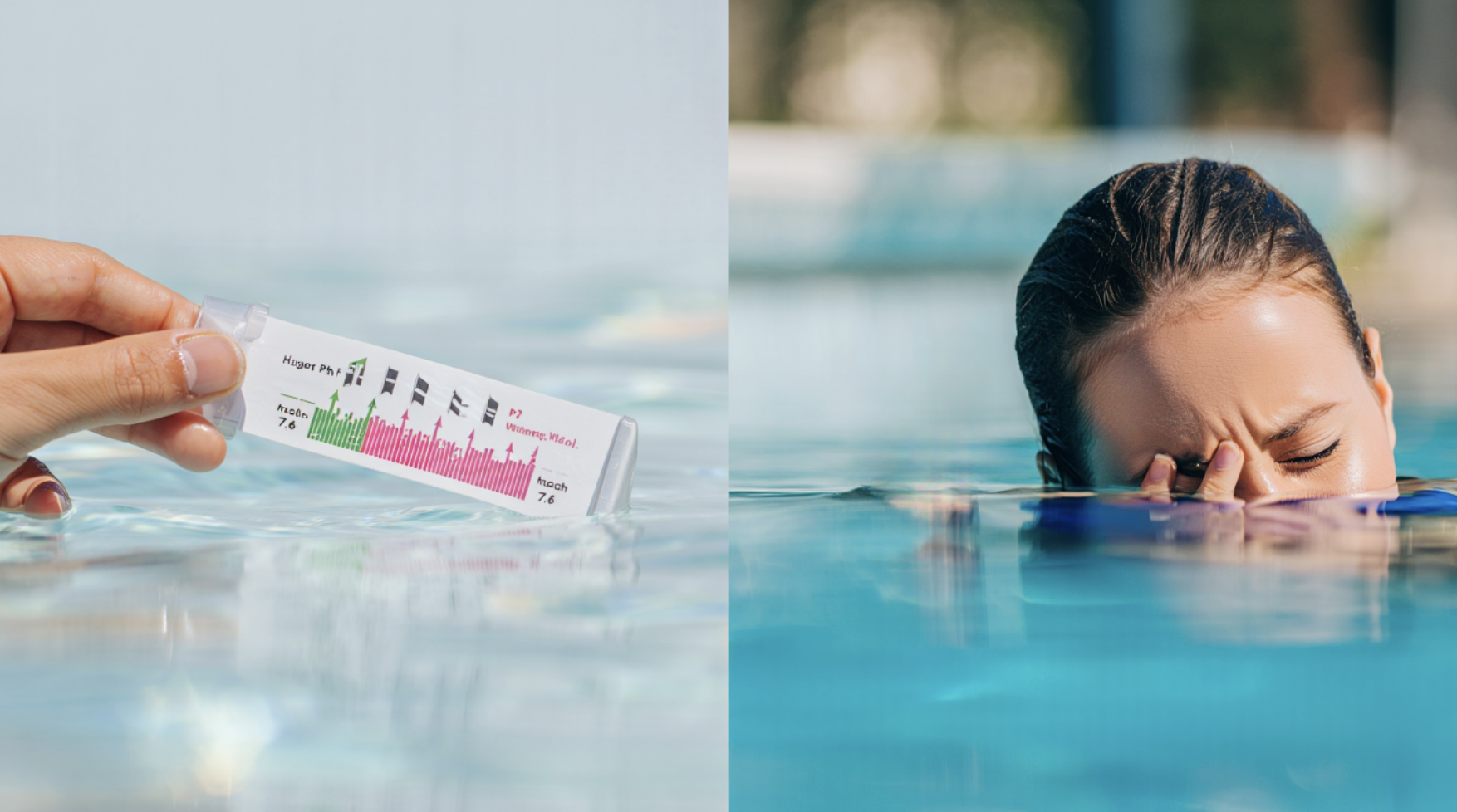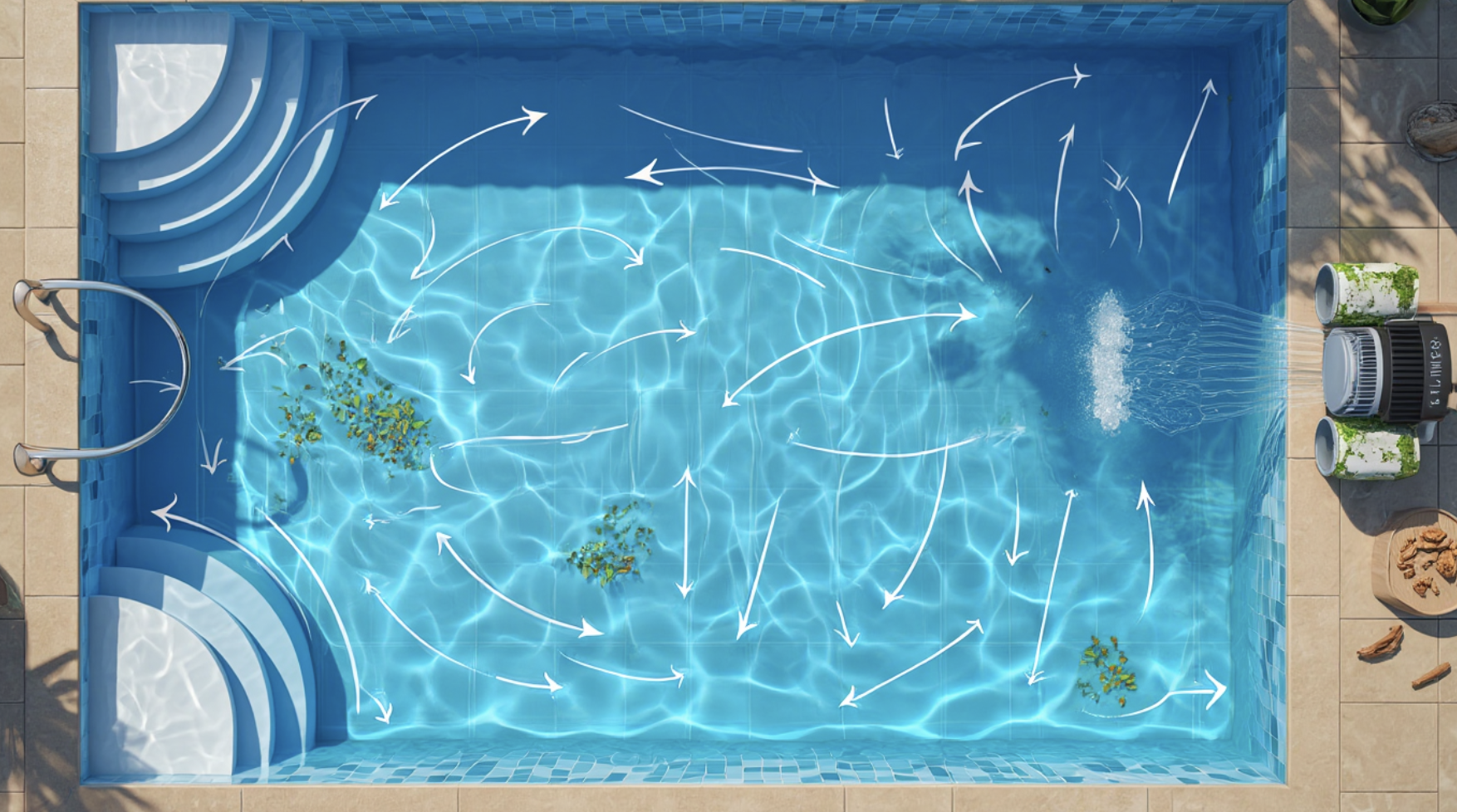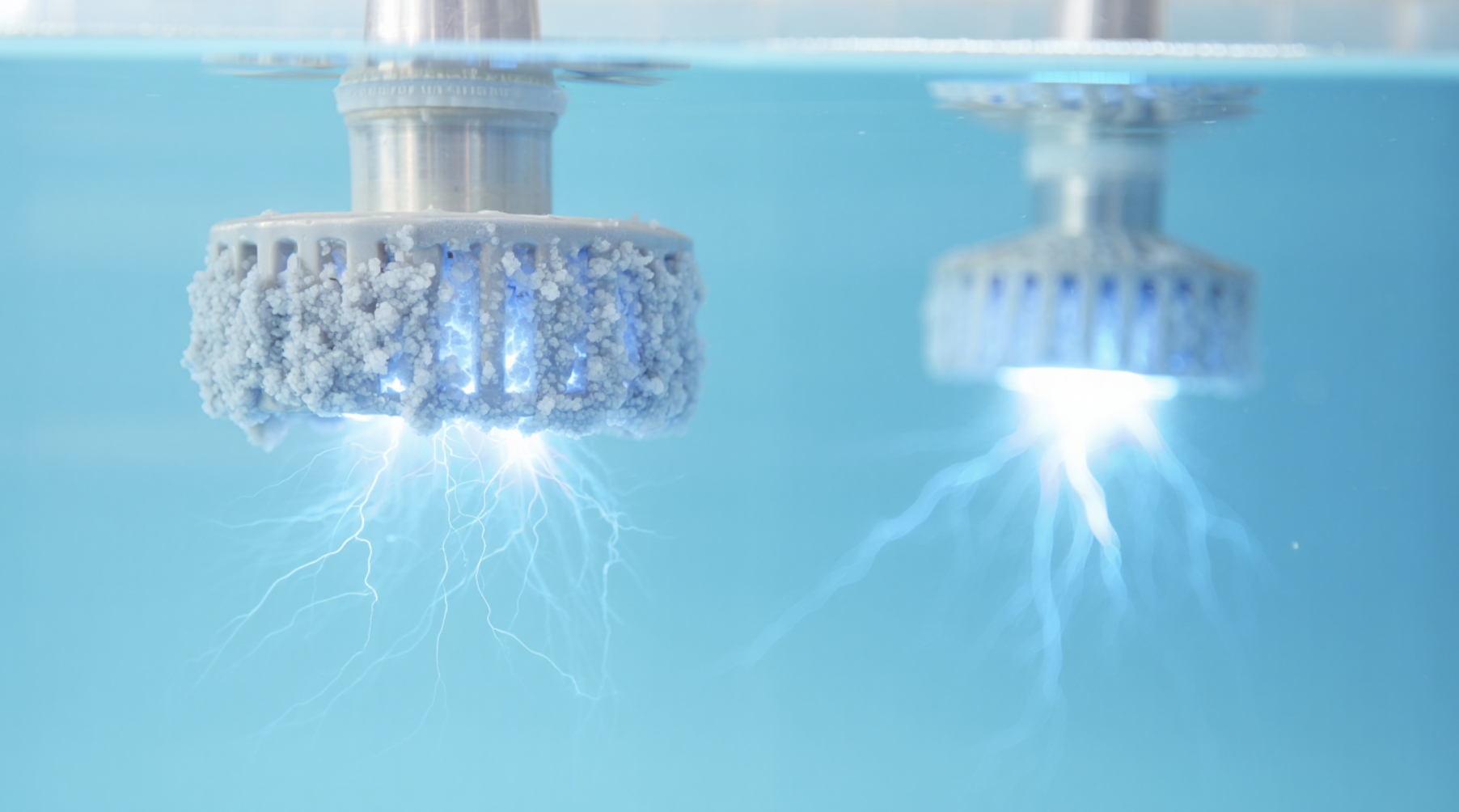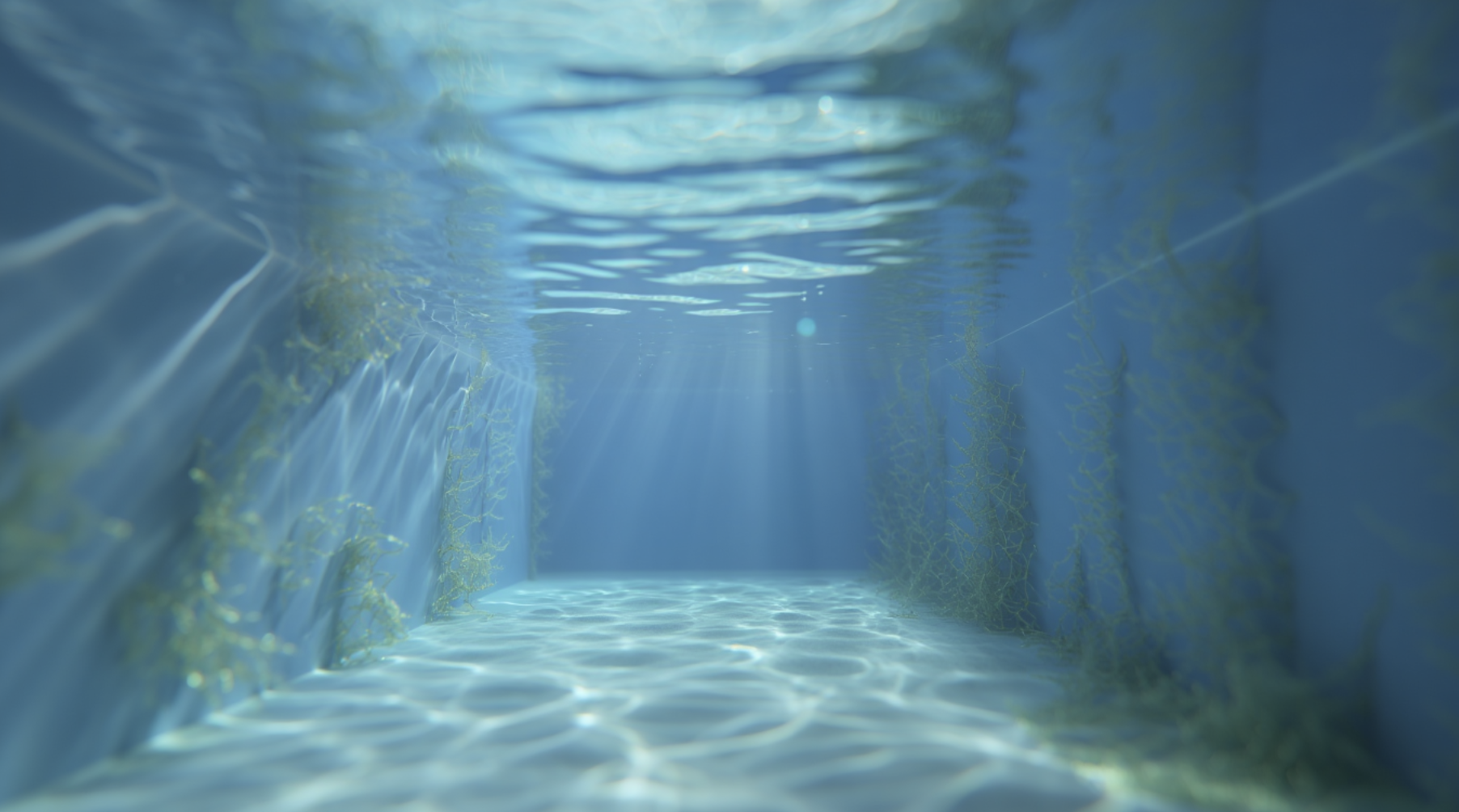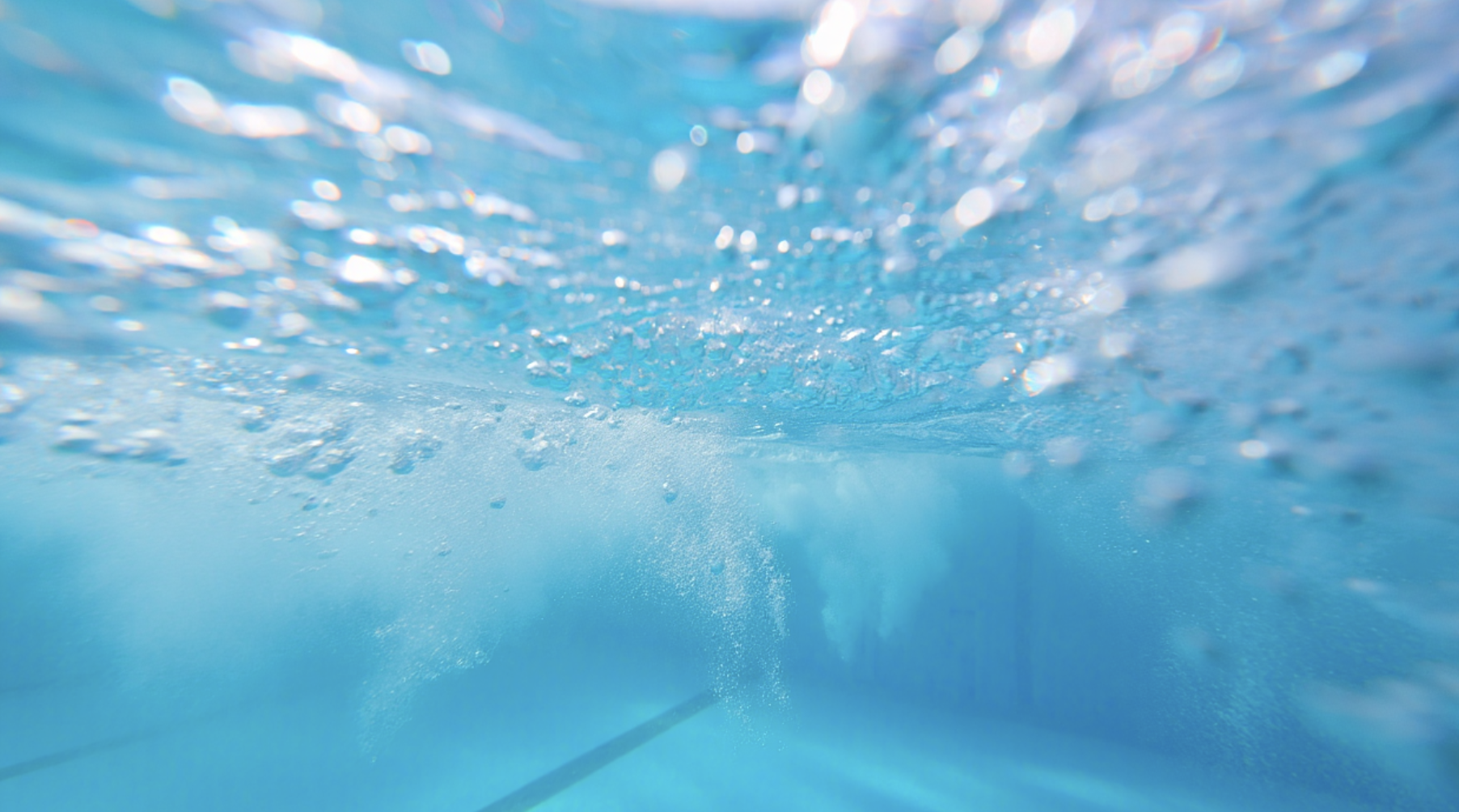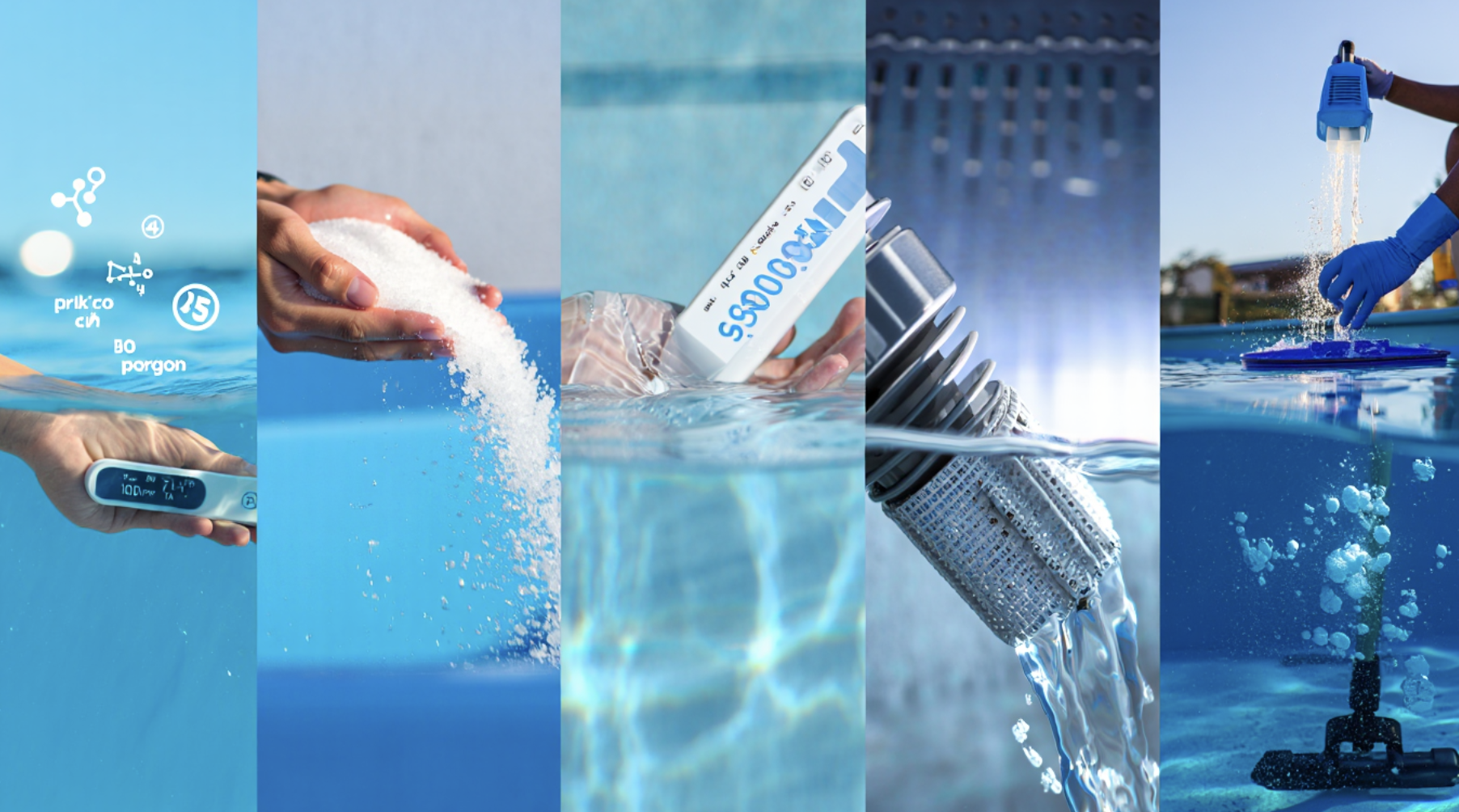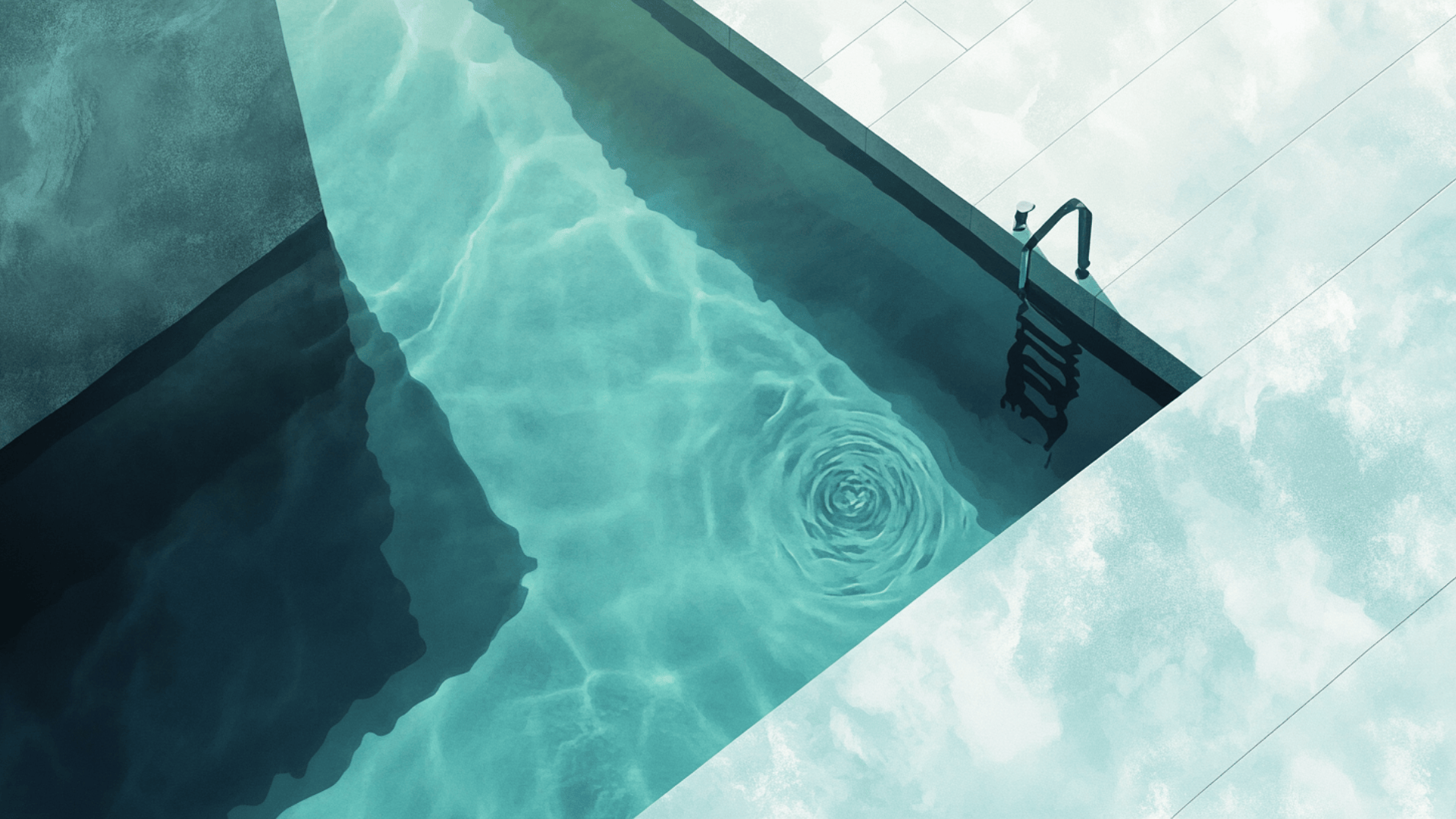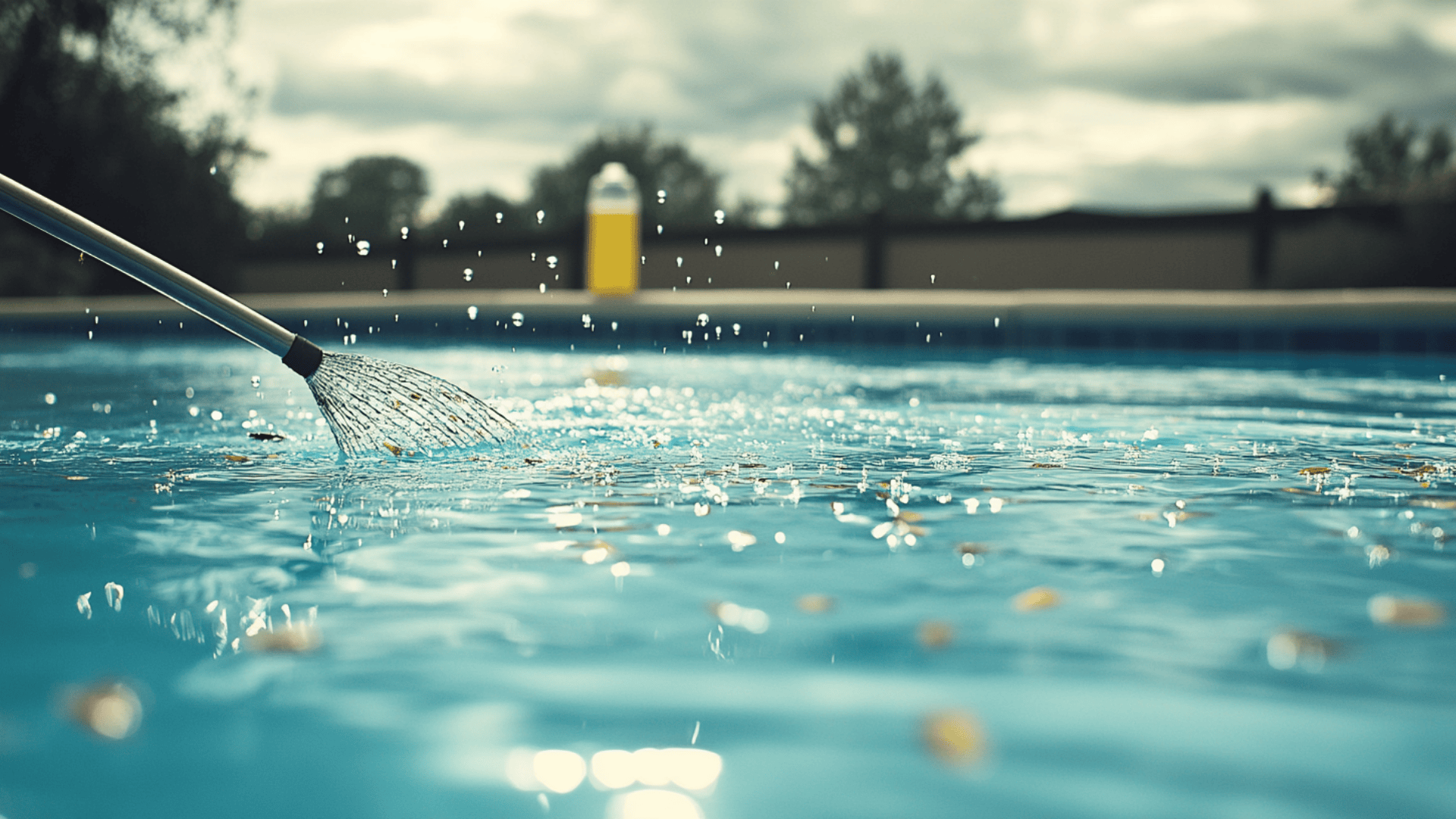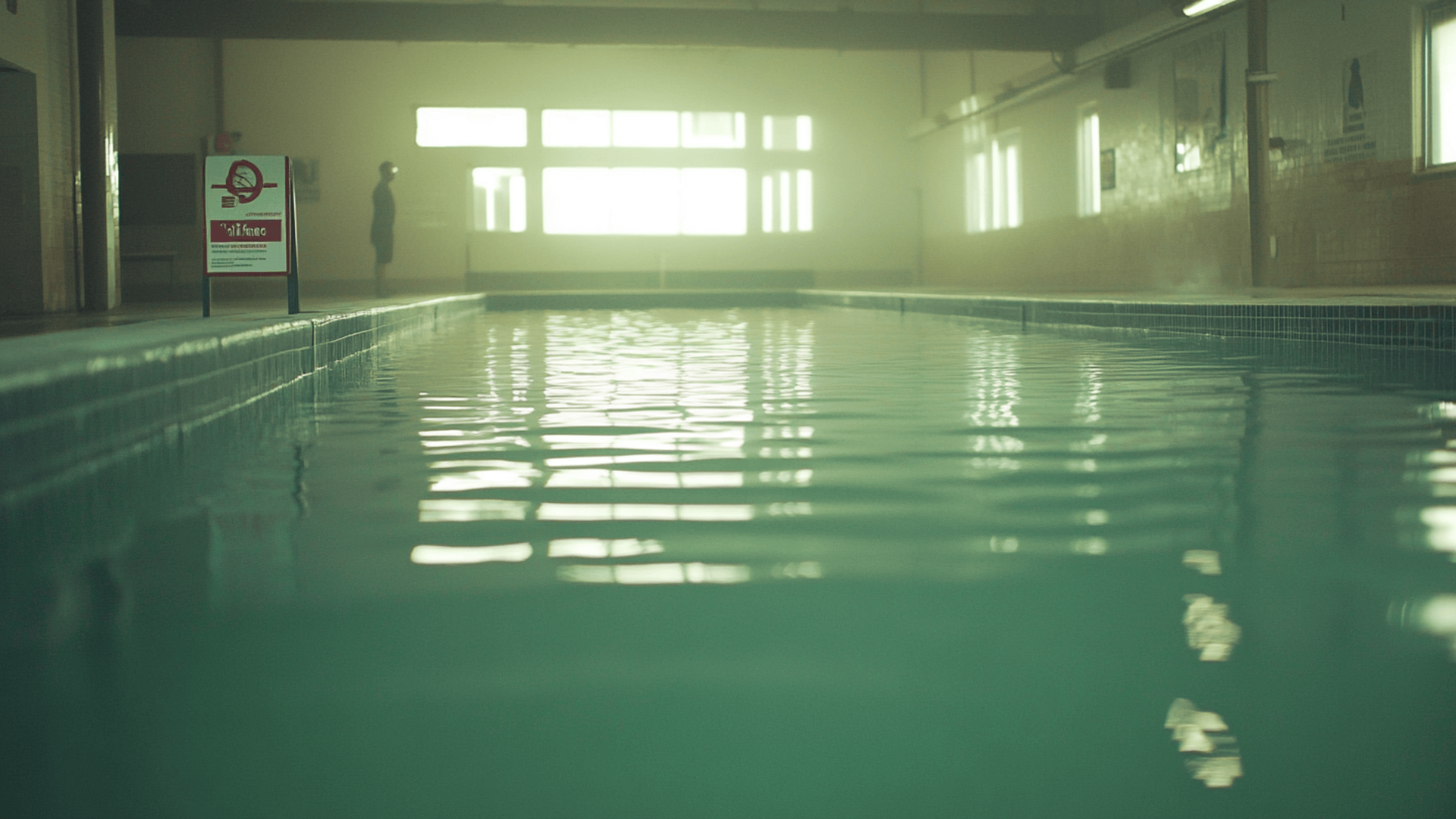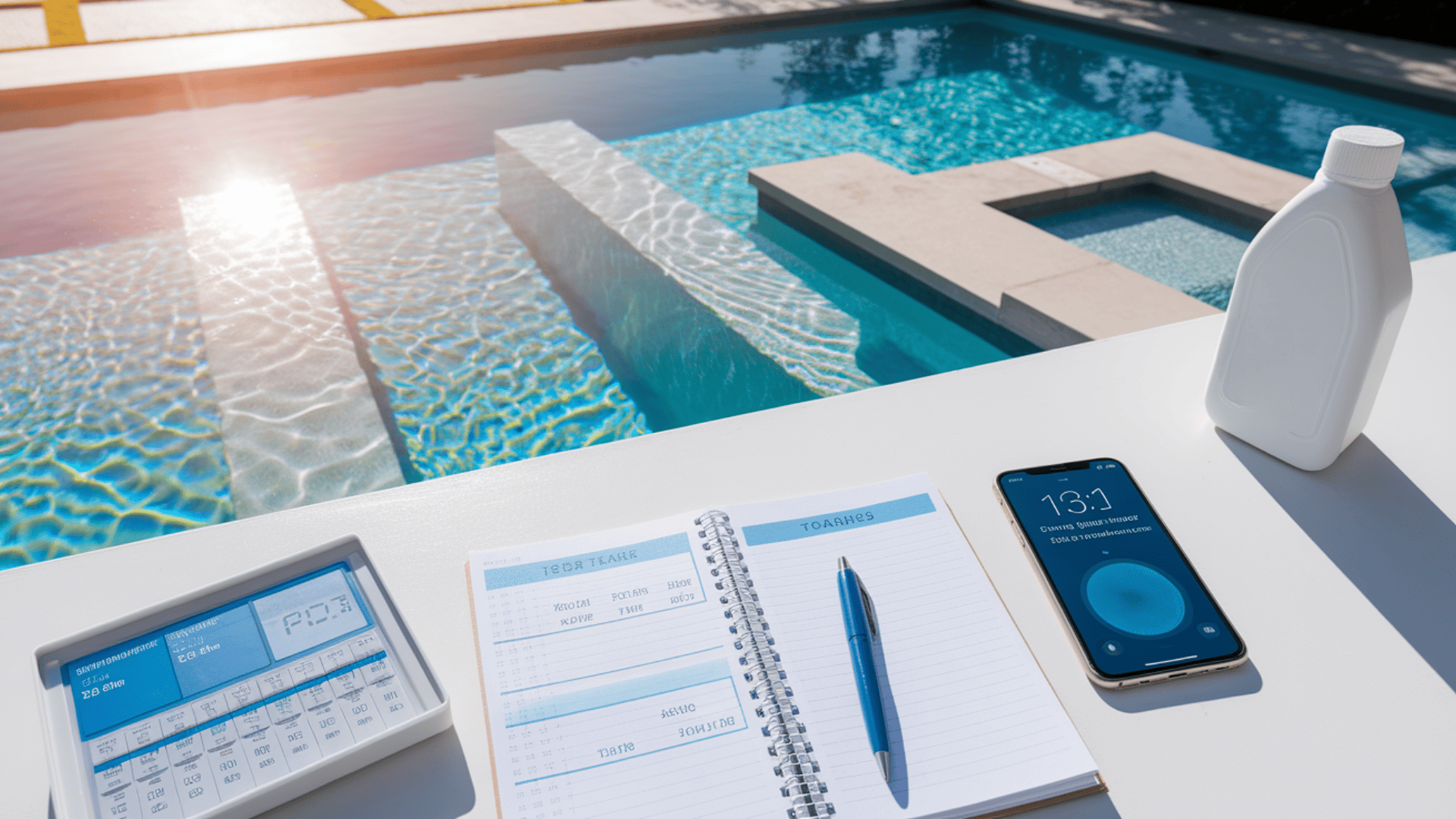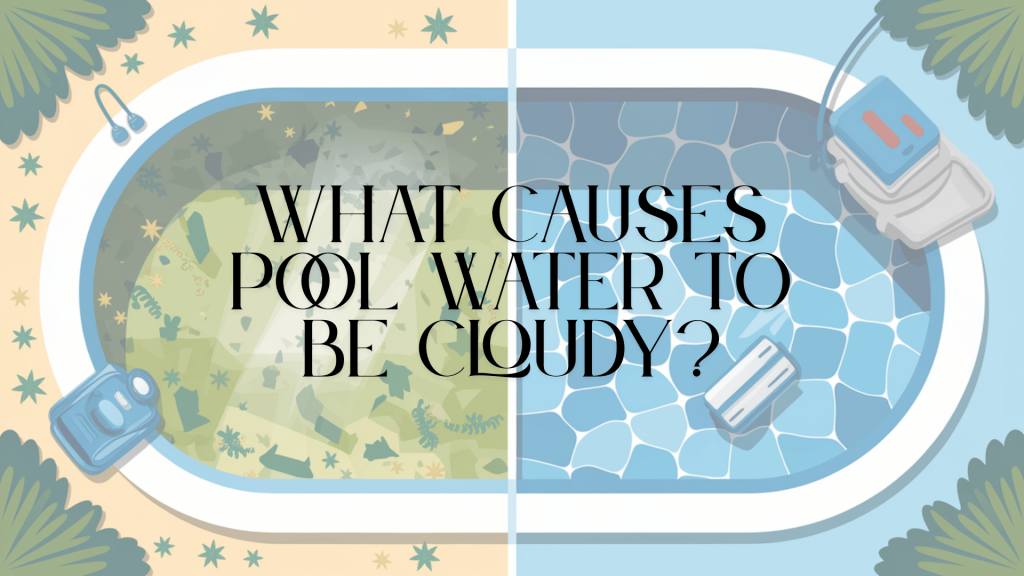Noticing a hazy film over your once-crystal clear saltwater pool can turn a relaxing swim day into a frustrating puzzle. Cloudy water isn’t just an eyesore—it signals underlying problems that need attention.
Most pool owners eventually face this challenge, often feeling confused about why their low-maintenance saltwater system has suddenly become murky.
The good news? Almost every cloudiness issue has a straightforward solution once you identify the cause.
From chlorinator issues to chemical imbalances, the path back to sparkling water is simpler than you might think.
Let’s cut through the confusion and get your pool back to the clear, inviting oasis it should be, without the headaches or excessive chemical treatments that leave you more frustrated than when you started.
Why is My Saltwater Pool Cloudy?
The moment you notice your pool water losing its crystal clarity, it’s time to act. Most often, cloudy water in saltwater pools indicates one of three issues: insufficient free chlorine, incorrect pH levels, or problems with the chlorinator system.
What starts as a slight haze can quickly turn into a murky mess if left unchecked. Think of your pool’s clarity as an early warning system—it’s telling you something needs attention before swimmers start complaining.
Quick Problem Spotting
When your saltwater pool turns hazy, check these common culprits:
- Too Little Chlorine – Your salt system might not be making enough to clean the water
- Wrong pH Balance – When pH sits outside the 7.2-7.6 range, chlorine can’t work properly
- Salt Cell Issues – Buildup on the plates blocks proper chlorine creation
- Tiny Algae Starting – Before turning green, algae can make water cloudy
Clear water isn’t just about looking good—it’s about keeping swimmers safe and making sure your pool stays clean.
Salt System Specifics
Saltwater pools have their own special causes for cloudiness:
| PROBLEM | WHAT HAPPENS | HOW TO KNOW |
|---|---|---|
| Cell not making chlorine | Water gets cloudy fast | Check chlorine levels below 1 ppm |
| High or low pH | Chlorine becomes less strong | Test shows pH outside ideal range |
| Calcium scale buildup | White coating blocks the cell plates | White flakes or spots on equipment |
The good news? Most cloudiness issues can be fixed within a day once you spot what’s wrong. The trick is catching the problem early before it gets worse.
Look at your saltwater pool as a small ecosystem—when one thing gets out of balance, the whole system shows it through cloudy water. Taking quick action can save you time and money on bigger fixes later.
The Science of Salt Water Pool Cloudiness
Saltwater pools work differently from traditional chlorine pools. Understanding the basics will help you spot problems before they turn your water cloudy.
How Salt Becomes Chlorine
In your salt system, ordinary salt (sodium chloride) passes through an electric current in the cell. This process makes hypochlorous acid, the same cleaning agent found in regular chlorine pools. When this process slows down or stops working properly, cloudiness often follows.
The magic happens when salt meets electricity, breaking apart into sodium and chloride ions. The electric charge forces these ions to recombine with water, creating a natural sanitizer that works continuously.
Why Balance Matters
Your pool water needs to be in perfect balance for chlorine to work right. When pH (ideal range: 7.2-7.6) or Total Alkalinity (ideal range: 80-120 ppm) drift, your water can turn cloudy even if the chlorinator seems to be running normally. Think of pH as the master switch that determines how effective your chlorine will be.
White scale buildup on your cell plates is like putting a coat over your chlorinator. The electricity can’t reach the salt water properly, so less chlorine gets made. Over time, this leads to cloudy water as the cleaning power drops off.
Your pool also doesn’t exist in a bubble. Hot weather speeds up chlorine loss, while heavy swimmer load adds body oils and waste. Pollen, dust, and yard debris constantly challenge your salt system’s ability to keep the water clear.
Top 7 Causes of Cloudy Salt Water Pools
When your saltwater pool loses its sparkle, finding which problem affects your pool is the first step to fixing it.
1. Low Free Chlorine Levels
Your saltwater generator might not be making enough chlorine to keep up with demand. This happens when the unit is too small for your pool size, the cell has worn out over time, or the power settings are too low for current conditions.
2. High or Low pH
pH determines how acidic or basic your water is. When it’s too high (above 7.6), chlorine becomes sluggish and weak. Too low (below 7.2), and the equipment can corrode, while swimmers may feel eye irritation.
3. Poor Filtration or Circulation
Even with perfect chemistry, your pump should run at least 8 hours daily—more when dealing with cloudiness. Otherwise, dead spots form where debris collects, filters clog, and water circulation patterns miss areas of the pool.
4. Scale Buildup on Chlorinator Cells
Those white plates inside your salt cell need to be clean to work properly. Calcium scale looks like white crusty patches and acts as a barrier between electricity and salt water. Even a thin layer reduces chlorine output significantly.
5. Algae Growth
Before turning your pool green, algae starts as a nearly invisible presence that often appears blue-gray rather than green at first. It multiplies quickly in warm, sunny conditions, so early detection means easier treatment.
6. Excess Calcium or TDS
Total Dissolved Solids (TDS) includes everything dissolved in your water. Over time, these levels climb as you add chemicals. When they get too high, particles stay suspended, making water look flat and dull.
7. Recent Shock Treatments
The cure can sometimes temporarily exacerbate the condition. Dead algae particles float in the water while undissolved shock products create cloudiness. Patience and good filtration usually clear this up within 24-48 hours.
How to Clear a Cloudy Salt Water Pool — Step-by-Step Guide
Finding that your pool water has turned cloudy can be frustrating, but following this systematic approach will help clear it up again.
Step 1: Test and Balance Water Chemistry
Before doing anything else, you need to know what you’re dealing with. Use a reliable test kit to check pH (aim for 7.2-7.6) and measure total alkalinity (target: 80-120 ppm).
Adjust slowly and wait 4-6 hours between adjustments to see results. Without balanced water, other treatments won’t work effectively.
Step 2: Check and Adjust Salt Levels
Your salt system requires the correct amount of salt to produce chlorine. Test current levels using a digital meter or test strips, and add salt gradually if the levels are below 3000 ppm.
Brush it across the pool bottom to help it dissolve and wait 24 hours for complete mixing before retesting.
Step 3: Clean Your Chlorinator Cell
A dirty cell can’t make enough chlorine to keep the water clear. Turn off the pump and remove the cell following the manufacturer’s instructions.
Soak in a cleaning solution or diluted acid mixture, but never use metal tools to scrape plates. Rinse thoroughly before reinstalling.
Step 4: Maximize Filtration
Now it’s time to put your filter to work. Run your pump and filter continuously for 24 hours until the water clears and becomes clean, or backwash the filter daily during treatment.
Ensure the skimmer and pump baskets are empty, with a strong and consistent water flow.
Step 5: Boost Chlorine Levels if Needed
Sometimes your system needs extra help. Add calcium hypochlorite shock at dusk if the free chlorine level is below 1 ppm, using the proper dose based on your pool’s volume.
Continue running your filter during and after the shocking process.
Step 6: Consider Clarifiers or Flocculants
For stubborn cloudiness, use a water clarifier to clump tiny particles so filters can catch them, or use a flocculant to sink all particles to the pool floor.
After using the flocculant, vacuum directly into the waste. Be patient—clarifiers can take 2-3 days to work completely.
Specific Fixes Based on Cloudiness Type
Different types of cloudiness need different approaches. Identifying the specific haze affecting your pool saves time and resources when treating the problem.
1. Blue or Grey Cloudiness
This subtle color shift often signals the beginning of algae growth or calcium scale formation. Unlike bright green algae, which is easily visible, this early-stage problem requires prompt action.
For Early Algae: Brush the walls and floor thoroughly, then raise your chlorine level to 3-5 ppm. Run your pump continuously for 48 hours.
For Calcium Scale: Check your pH and hardness levels first. If hardness exceeds 400 ppm, you’ll need to address this underlying issue before clarity returns.
2. Milky White Cloudiness
White haziness typically follows chemical treatments or pH issues. The tiny particles causing this cloudiness are often too small for your filter to catch on its own.
To fix this quickly, confirm your pH is in range (7.2-7.6), run your filter non-stop, and add a water clarifier to help your filter trap small particles.
Pro Tip: When using a clarifier, clean your filter more frequently as it will collect particles faster than normal.
3. After-Rain Haziness
When rain hits your pool, it can bring pollen, dust, and other tiny contaminants. It also dilutes your chlorine and can throw off your water balance.
The most effective approach is to check salt levels, as rain can dilute concentration, skim surface debris promptly, and boost chlorine slightly to handle the new contaminants.
Is it Safe to Swim in a Cloudy Saltwater Pool?
Safety should always be the top priority when deciding whether to swim in cloudy water. The risks go beyond just looks.
The Visibility Rule
If you can’t clearly see the main drain at the bottom of your pool, don’t swim. Poor visibility creates serious safety hazards as swimmers in trouble might not be visible to others.
This simple test takes seconds: stand at the shallow end and look toward the deep end drain. If it’s fuzzy or invisible, the pool isn’t yet safe for swimming.
Health Considerations
Cloudy water often indicates that something’s wrong with your sanitizing system. When chlorine levels drop due to salt system issues, harmful bacteria can grow rapidly, including those that cause stomach illnesses, skin irritants, and eye-irritating compounds.
Always test free chlorine levels before swimming. Even in slightly cloudy water, if free chlorine reads between 1-3 ppm, most harmful bacteria won’t survive.
How to Prevent a Cloudy Salt Water Pool (Long-Term Maintenance)
Prevention is always easier than treatment. With a consistent maintenance routine, you can avoid most cloudy water problems before they start.
1. Weekly Testing Routine
Make water testing a habit, not an afterthought. Every week, check the following parameters: free chlorine (1-3 ppm ideal), pH (7.2-7.6), salt level (3000-4000 ppm), and total alkalinity (80-120 ppm).
Keep a simple log of results to spot trends before they become problems. A small notebook kept with your pool supplies works perfectly.
2. Optimal Equipment Operation
Your salt system requires proper runtime to maintain crystal-clear water. During warm months, run your pump for 8-12 hours daily, increasing the time to 24 hours or more during periods of extreme heat or heavy use.
The cell plates in your salt chlorinator need monthly inspection. Set a recurring reminder for the first of each month to check for scale buildup.
Pro Tip: Install a timer that automatically runs your pump during off-peak electricity hours to save on energy costs while maintaining clear water.
3. Protection From UV Degradation
Sunlight quickly breaks down chlorine. Using cyanuric acid (a stabilizer) protects your chlorine from UV rays, allowing it to work longer.
Keep stabilizer levels between 30-50 ppm—enough to protect chlorine but not so high that it reduces effectiveness. Using too much stabilizer is a common mistake that can lead to cloudy water despite adequate chlorine production.
Summing It Up
Clear water in your saltwater pool isn’t just about aesthetics—it’s about creating a safe, healthy swimming environment that you can enjoy without worry.
By understanding the science behind cloudiness and following the simple steps outlined above, you’ll spend less time troubleshooting and more time enjoying the water.
Remember that prevention through regular testing and maintenance saves both time and money compared to treating problems after they develop.
Keep your salt cell clean, your chemistry balanced, and your filter running properly. When issues do arise, act quickly with the targeted solutions we’ve covered.
Your saltwater pool is an investment in your home and lifestyle—maintaining its clarity protects that investment while ensuring years of crystal-clear enjoyment for everyone who dives in.
If you’re interested in learning more about maintaining a pool, click here for additional information.

